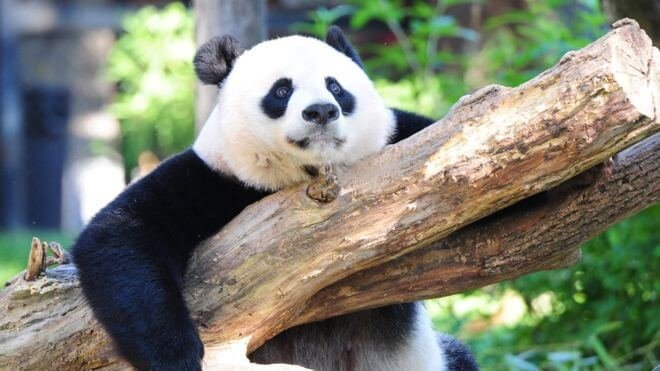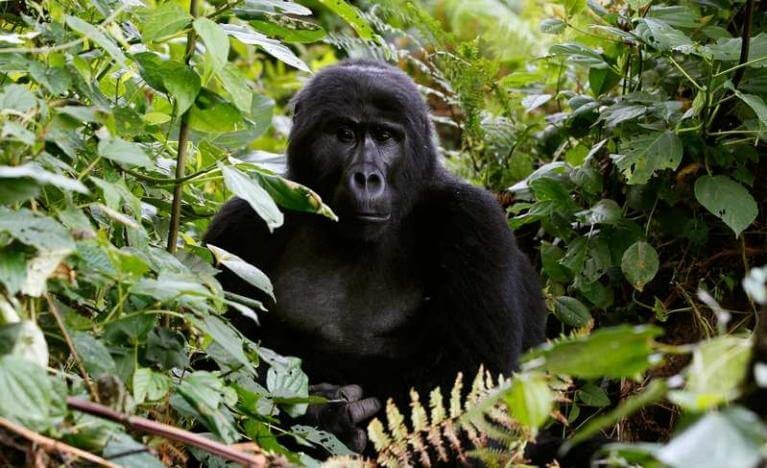Decades of conservation work in China have paid off for the giant panda, whose status has been upgraded from “endangered” to “vulnerable” owing to a population rebound, according to officials.
The improvement for the giant panda was announced on Sunday as part of an update to the International Union for Conservation of Nature (IUCN) Red List, the world’s most comprehensive inventory of plants and animals.

The latest estimates show a population of 1,864 adult giant pandas. Although exact numbers are not available, adding cubs to the projection would mean about 2,060 pandas exist today, the IUCN said.
“Evidence from a series of range-wide national surveys indicate that the previous population decline has been arrested, and the population has started to increase,” the IUCN’s updated report said.
The cornerstones of the Chinese government’s effort to bring back its fuzzy, black-and-white national icon have included an intense effort to replant bamboo forests, which provide food and shelter for the bears.

Through its “rent-a-panda” captive breeding programme, China has also loaned some bears to zoos abroad in exchange for cash, and reinvested that money in conservation efforts.
According to Simon Stuart, chair of the IUCN Species Survival Commission, the improvement came from the hard work of controlling poaching and replanting bamboo forests.
“This is something to celebrate because it is not a part of the world where we expect this to happen,” Stuart told reporters at a news conference to unveil the updated Red List.

Experts warned, however, that the good news for pandas could be short-lived.
A warming planet, driven by fossil fuel burning, is predicted to wipe out more than one-third of the panda’s bamboo habitat in the next 80 years.
There was bad news, however, for the world’s largest gorillas.

Officials at the IUCN conference said the species had been pushed to the brink of extinction by a surge of illegal hunting in the Democratic Republic of Congo.
With just 5,000 Eastern gorillas left on Earth, the majestic animals now face the risk of disappearing completely, according to officials.
Four out of six of the Earth’s great apes are now critically endangered, “only one step away from going extinct”, including the Eastern Gorilla, Western Gorilla, Bornean Orangutan and Sumatran Orangutan, the IUCN said.
(Feature image source: AFP)

















